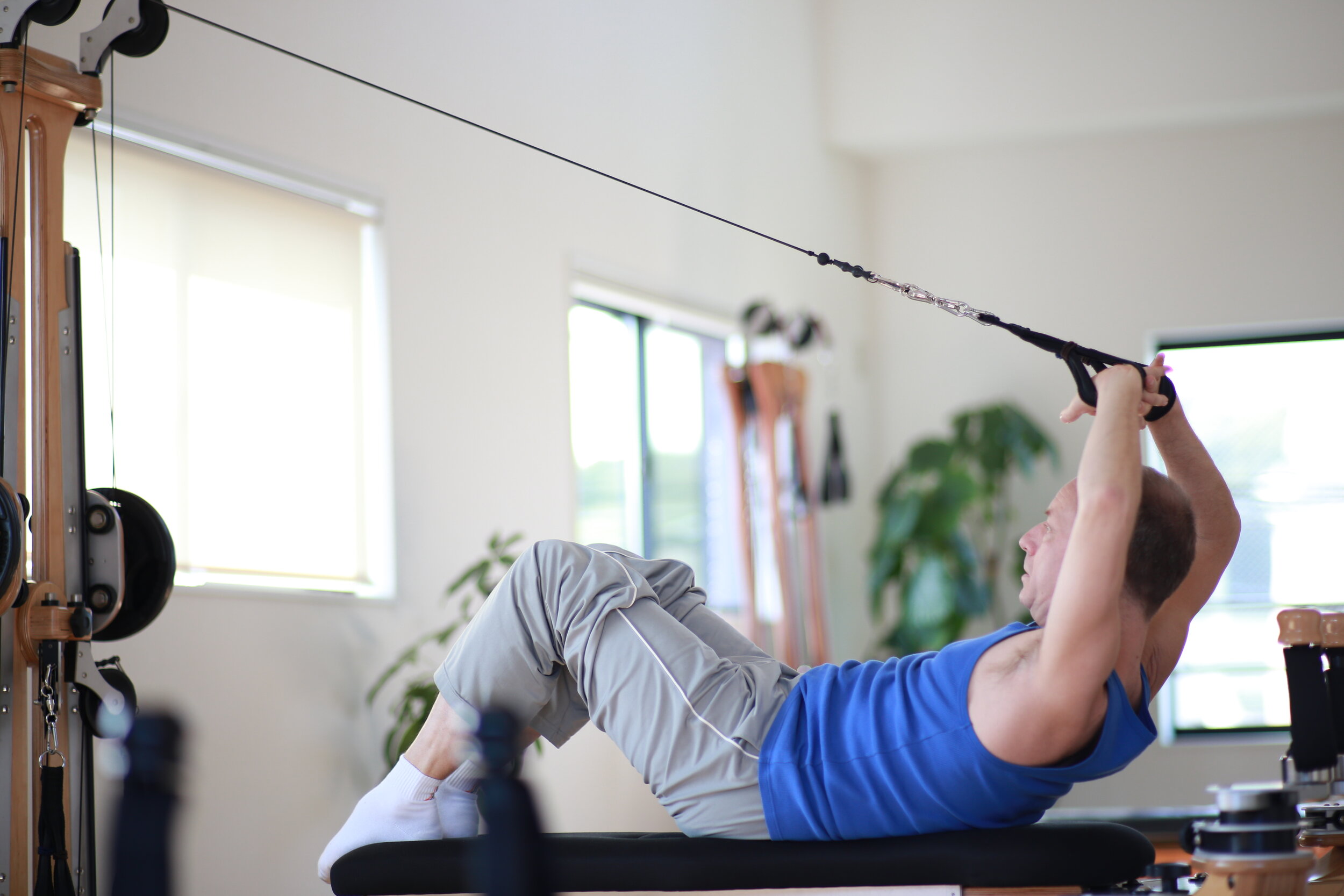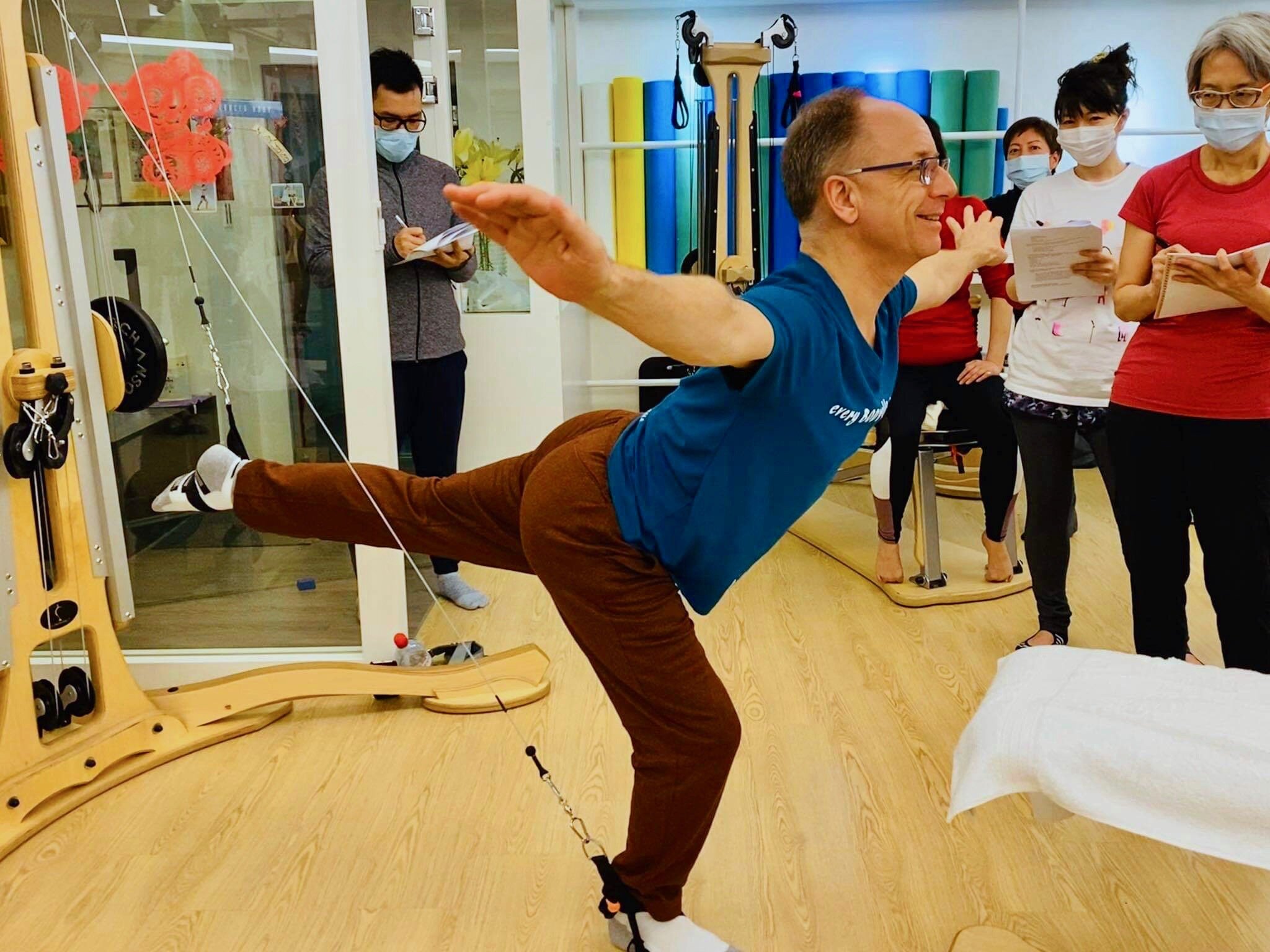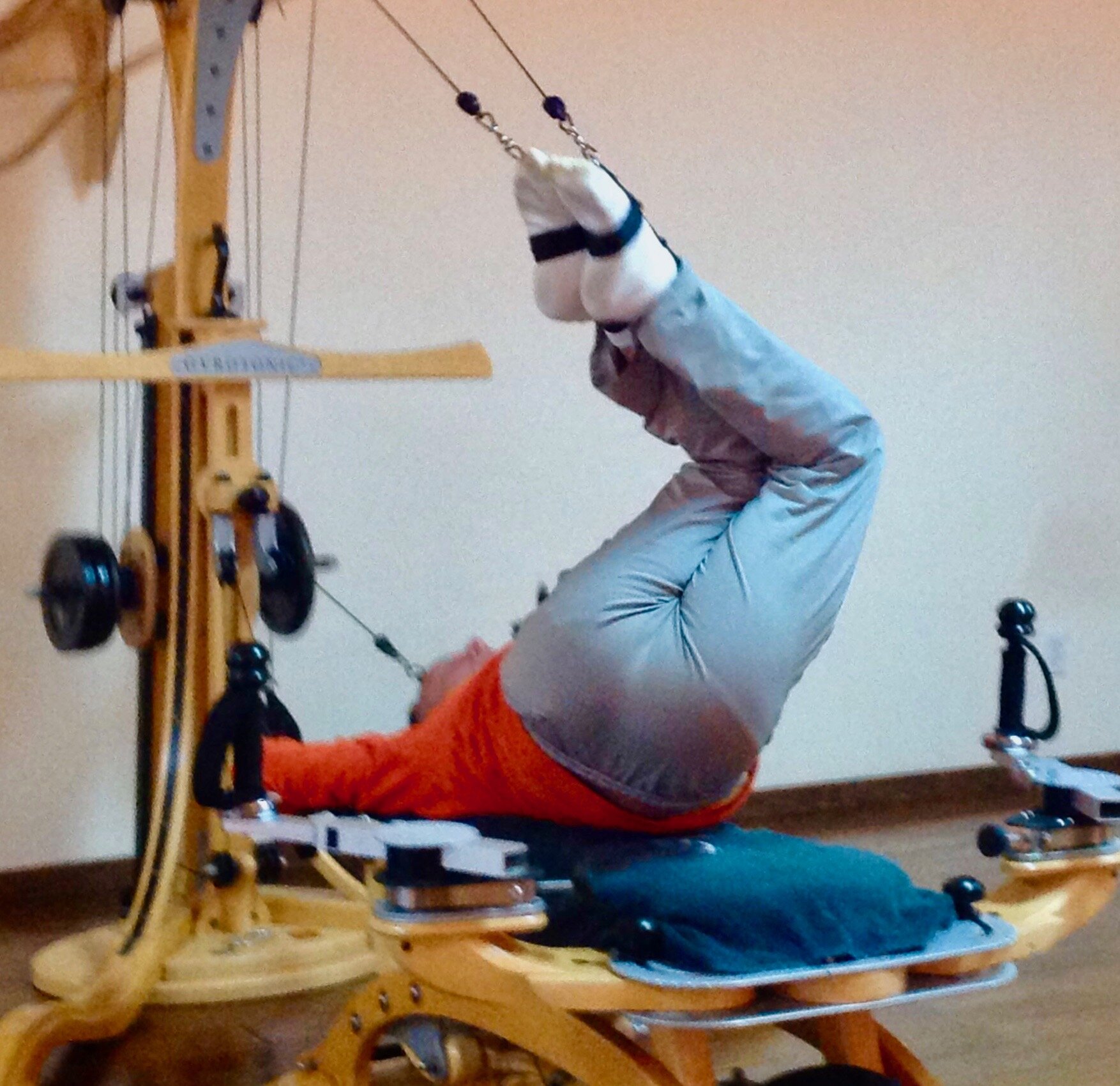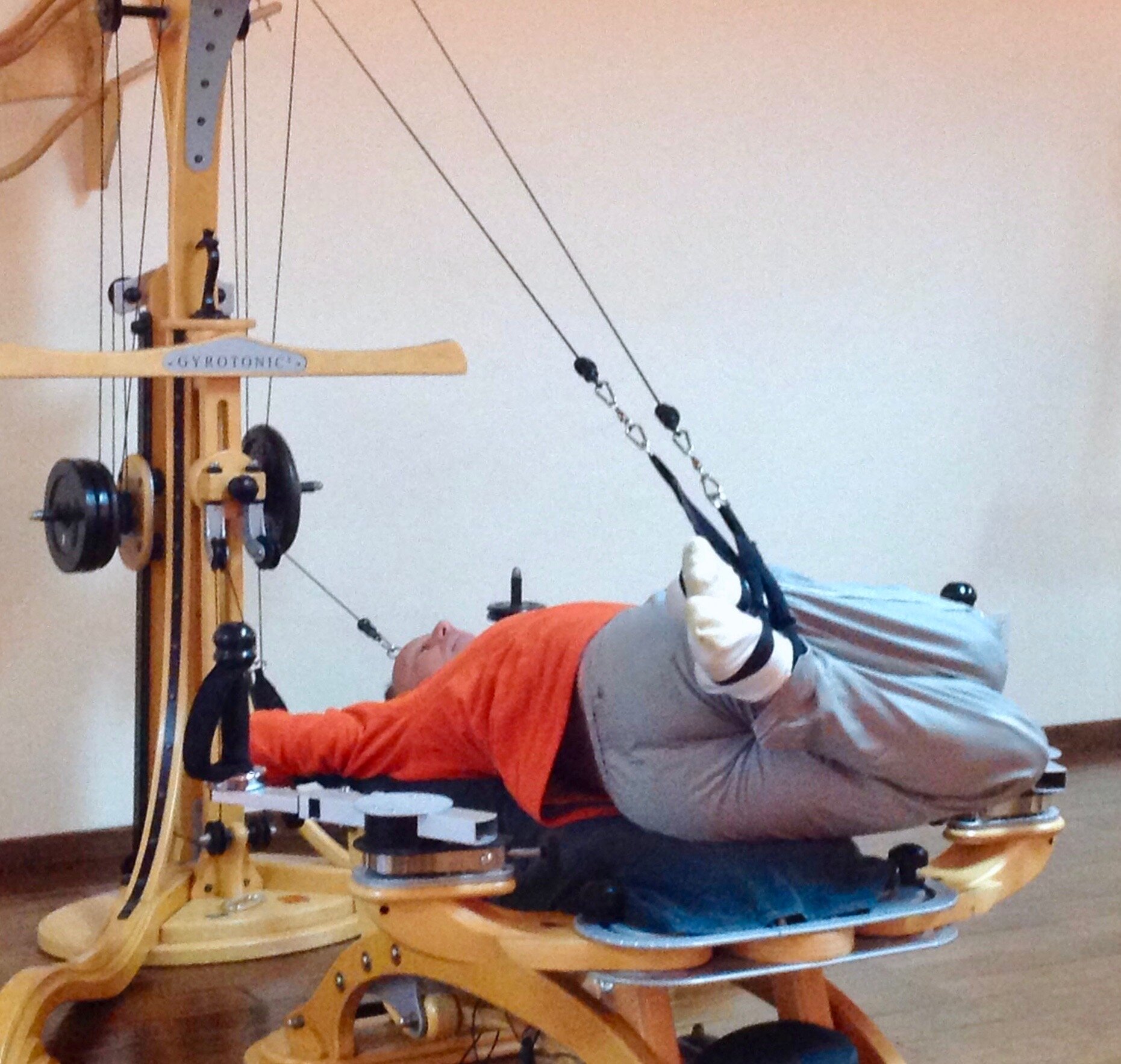

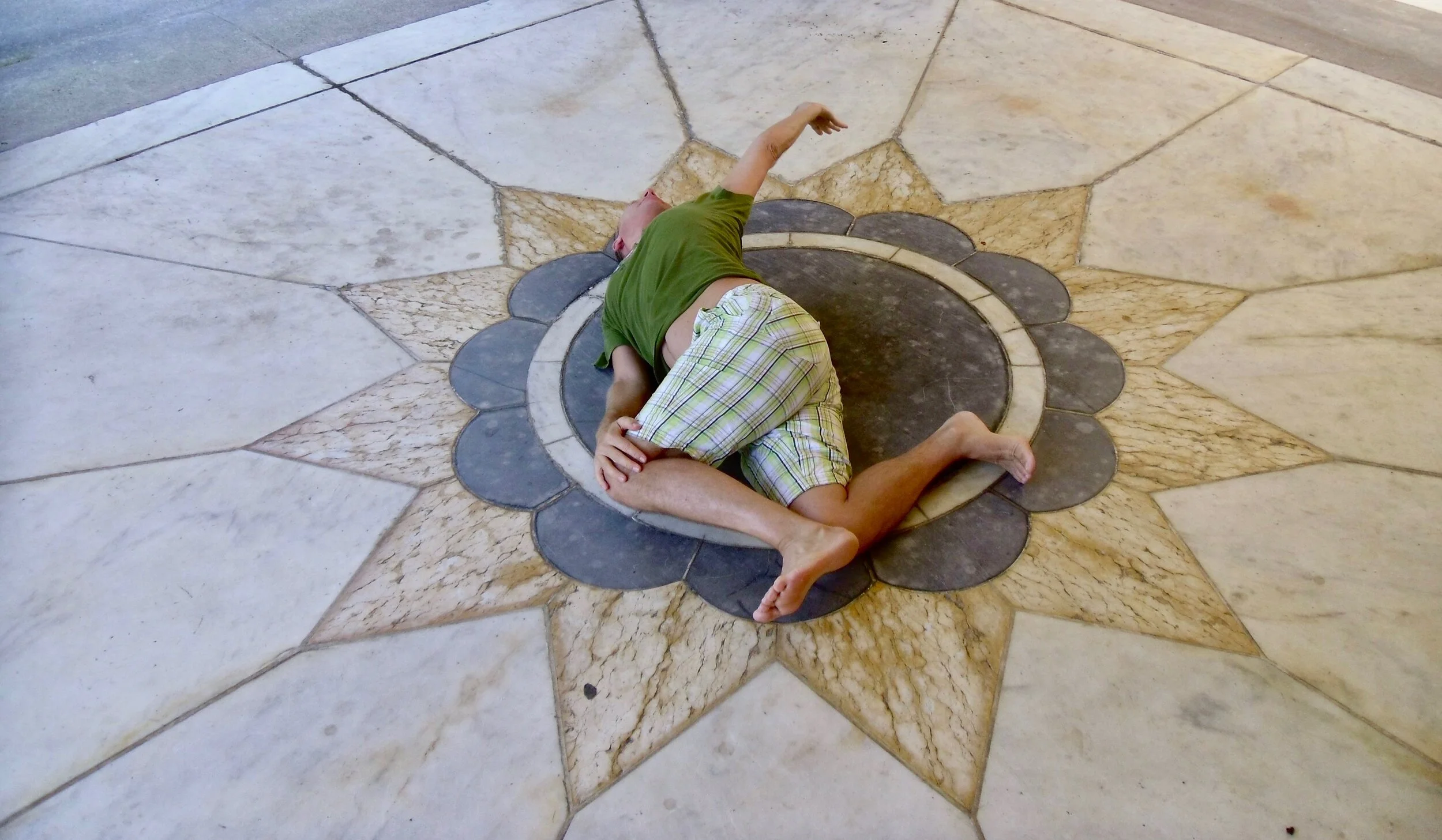

New Page
THE PSOAS APPROACH
New Page
THE PSOAS APPROACH
WHY THE PSOAS?
The PSOAS MUSCLE seems to be mysterious to many of us, dancers, professional movers and movement educators alike. Located in the very center of the body behind our vital organs, this group of muscles is quietly holding their space, and with it they are holding space for us to be in. From the perspective of the fascial system, the Psoas is becoming the diaphragm. Fountaining into a pair of domes, Psoas coupled with the diaphragm is like an elastic cathedral that is bopping around inside of us, partaking in every movement we make, in particular the breathing movements.
Mysterious, why? Maybe because we have a hard time sensing the Psoas, and therefore we lack a conceptual understanding of how this structure serves us as muscles. How exactly does the Psoas move and support us?
While this question is reasonable, it might precariously lead us away from finding the true nature of the Psoas. Instead, the discovery and unraveling of the mystery might come through an open awareness, and a process of listening to start a true dialogue with the Psoas muscle.
I didn’t start this study and movement exploration out of a particular interest in the Psoas muscle. Rather, I was led to it by the developing tightness around my appendix scar and decades of pulling on my fascial body. A consistent stress on all systems had manifested, interfering with every day life.
I was looking for a practical application that would help me to become aware of my own dysfunctional movement patterns that had developed through these fascial restrictions. From this search a process emerged that is not based on choreography and pre-formulated outcomes. Rather, it taps into the body’s own intelligence by establishing a dialogue through which the body’s voice can become louder and clearer. In that sense it is a “somatic” approach. Four distinct progressive steps became the gateway to connect, release and reboot the Psoas complex. I took this structure and made it the starting point for the Gyrotonic PSOAS PRINCIPLES course. Having been into this exploration for eight years, I can say that is has changed my awareness and understanding deeply. Lasting physical changes have occurred. In addition, it has been the seed for several other Psoas based applications that I am in the process of developing.

New Page
GYROTONIC® PSOAS PRINCIPLES
New Page
GYROTONIC® PSOAS PRINCIPLES
GYROTONIC® PSOAS PRINCIPLES
A place of stored trauma, tension and emotion, the Psoas (so-as) lies deep within the core of the body. As a main actor of our fight/flight or freeze response, it can be a source of deep distress, muscular inbalance and fascial torsion. On the flip side, when released and nourished it can be a well of abundant vitality, creativity and unobstructed movement.
In this course light is being shed on the physiology and function of this celebrity muscle. A practice of proper Psoas release, connection and coordination is being proposed from the point of view of the Gyrotonic Method. Developing Psoas awareness in your Gyrotonic practice is essential for smooth and efficient execution of our complex movement vocabulary. It is especially beneficial for the healing of injuries and trauma in the pelvic and lumbar regions. As a truthful answer to the “core strength” buzz, working with the Psoas in the Gyrotonic method will add fine tuned precision to your movement practice. By moving into the parasympathetic nervous system you will find a more peaceful and nourishing human connection within.
The course will cover:
The most current information on Psoas function and anatomy.
Palpation techniques to locate the Posas in yourself and others.
Home exercises that help to become aware of and release the psoas muscles.
Breathing principles and exercises that help to create Psoas connection.
Application to “Supple-ing” and other Gyrotonic principles and exercises.
60-90 minute Gyrotonic workout program with focus on activation, elongation and connection of the Psoas.









